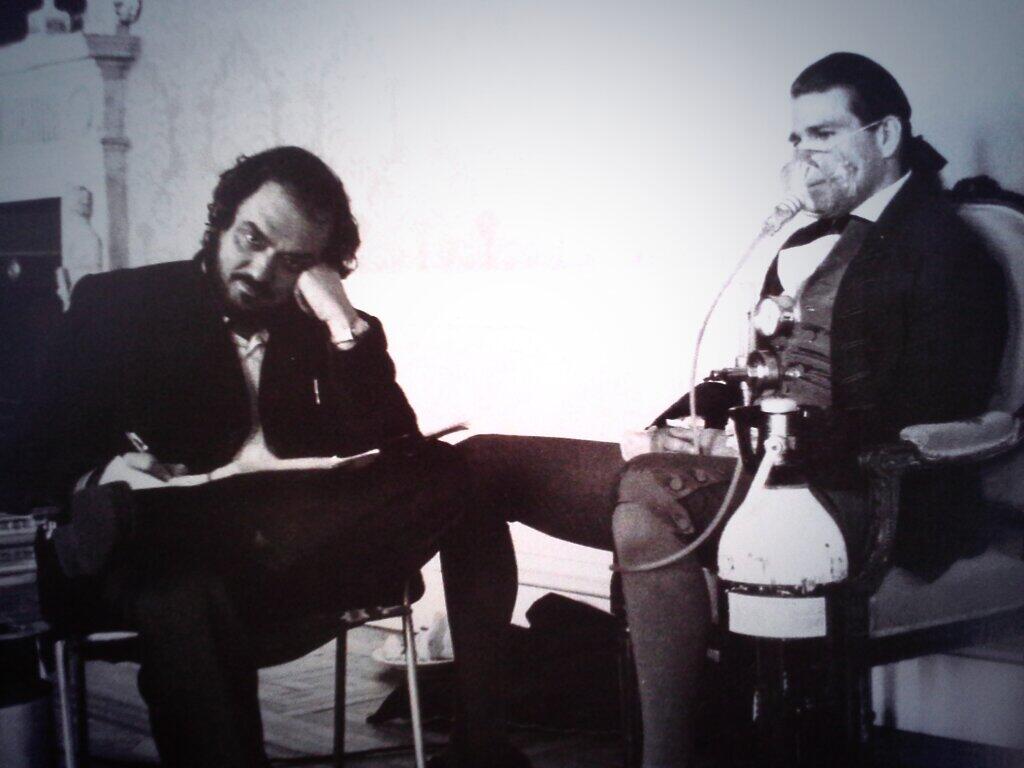Employees at all Lowe’s home improvement stores, including this one in South San Francisco, Calif., are eligible to have certain surgeries paid for by the company at selected hospitals. Justin Sullivan/Getty Images hide caption
toggle caption Justin Sullivan/Getty Images
Lowe’s home improvement company, like a growing number of large companies nationwide, offers its employees an eye-catching benefit: Certain major surgeries at prestigious hospitals are free.
How do these firms do it? With a way of paying that’s gaining steam across the health care industry, and that Medicare is now adopting for hip and knee replacements in 67 metropolitan areas, including New York, Miami and Denver.
Here’s how the program works: Lowe’s and other employers pay one flat rate for a particular procedure from any of a number of hospitals they’ve selected for its quality. And, under the agreement, the hospital handles all the treatment within a certain time frame — the surgery, the physical therapy and any complications that arise — all for that one price.
It was Bob Ihrie, senior vice president for compensation and benefits at Lowe’s, who came up with the idea in 2010. When he told managers at other companies about it, he says, “The first question was always, ‘Oh, this is just for executives, right?’ And I said no, absolutely not, this is for any Lowe’s employee in the Lowe’s health care plans.”
The program is optional for employees. They can still use their local surgeon, if they prefer, and pay out of pocket whatever their insurance doesn’t cover. But more than 700 Lowe’s employees have taken the company up on its offer, Ihrie says.
It’s a great deal for patients, he says, and for his company.
“We were able to get a bundled price, which actually enables us to save money on every single operation,” Ihrie says.
The Pacific Business Group on Health negotiates that price for Lowe’s, Walmart and a number of other large employers. Associate director Olivia Ross oversees these deals, and says her team is able to negotiate rates that are 20 to 30 percent below what the companies used to pay for the procedures.
“We’re seeing savings at the front end,” she says, because Lowe’s pays less for the surgery. And, because the hospital is responsible for all that care, the institution has a strong incentive to be careful and thorough, Ross says.
That means “huge savings on the back end,” she says, “from things like reduced re-admissions, reduced return to the O.R. and lower rates of blood clots. Those are hugely expensive, preventable complications.”
Lowe’s comes out ahead, even after paying for the patient’s travel, Ihrie confirms.
Participating hospitals win, too, by attracting more patients, says Trisha Frick, who handles such negotiations on behalf of Johns Hopkins Medicine in Baltimore.
“It’s new business for us,” Frick says. “And, for the most part, the reimbursement is acceptable; we believe that we can provide that, within that amount of money.”
Medicare, the health insurance program for people 65 and older, started using bundled rates for hip and knee replacements this month in Miami, Los Angeles and 65 other metro areas. Medicare had some early evidence from pilot programs that “the model works well,” according to Rob Lazerow, a health care consultant with The Advisory Board Company.
“Medicare is saving something like $4,000 on orthopedic cases,” he says.
Medicare’s deal is somewhat different from the one at Lowe’s. Patients may pay something out of pocket, depending on the type of Medicare policy that insures them. And while the few hospitals selected in Lowe’s program can bank on increasing their revenue and the number of surgeries they’ll get, the rates established by Medicare’s bundled payment system hold for every hospital in a participating market.
“Entire markets are selected for participating,” Lazerow explains. “If you’re in the San Francisco market or you’re in the New York market, all of the hospitals are actually participating in the program.”
But there are similarities, too, and Medicare may learn some lessons from Lowe’s experience. Lowe’s initially had trouble wrangling all a patient’s medical records from local doctors. And the company found that patients who had questions weeks or months after an operation sometimes had trouble following up with the out-of-town doctor who had performed the surgery.
“You have some setbacks, and things happen, and you just have questions,” Ihrie says. “So what we give every patient now is a little card with the doctor’s name and direct phone line and the nurse’s name and direct phone line. And all of a sudden, things were a lot better.”
Another lesson was startling, Ross says. In addition to cutting the cost of procedures, another chunk of savings to the companies came from avoiding surgeries that probably shouldn’t happen in the first place.
“We’re seeing up to 30 percent — close to 30 percent of cases — who should not be moving forward with the joint replacement,” Ross says.
What typically happens in these cases, she says, is that employees get a recommendation from a local doctor that they should have surgery, only to have physicians at the selected hospitals deem the operation inappropriate.
In some cases that may be because the employee hasn’t first tried less invasive treatments, such as physical therapy, Ross says. Or the employee may need to lose weight first, to make the surgery safer.
Ihrie says what heartens him most about his company’s program is that Lowe’s employees are now taking a more active role in decisions about their care.
“What treatment you receive is not always very black and white,” he says. “The mere fact that people now think about what they’re doing helps us control costs across the board.”
This story is part of NPR’s partnership with WFAE and Kaiser Health News.
Let’s block ads! (Why?)







